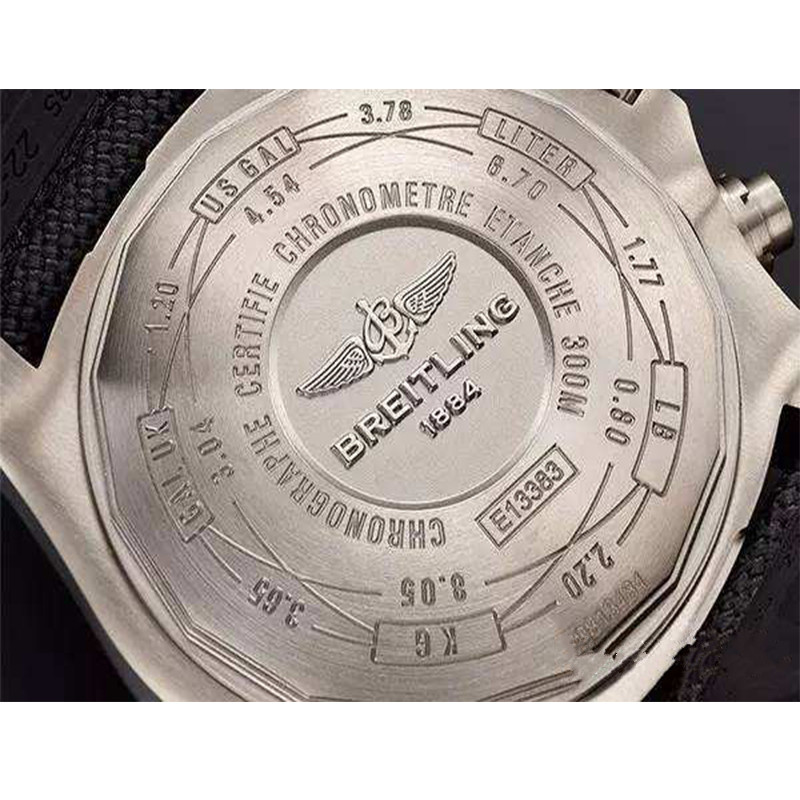


COSC is the abbreviation of Controle Officiel Suisse des Chronometres (Swiss Official Observatory Testing Agency). The COSC test movement only tests bare metal, although watch manufacturers have the ability to add some of the complex features they like to the movement.
Since all the movements were tested on the human hand chain, the oscillating weight of the automatic movement had to be removed, because the movement was damaged by the high-speed meshing gear winding mechanism when the crown was rotated. Most mechanical watches that pass the test will become automatic watches.
Each movement is fitted with a COSC standard face plate, a second hand (large second or small seconds) and a winding crown. An electronic camera records the position of the second hand every 24 hours (accurate to 1/10 second) and compares it with a reference atomic clock accurate to the millisecond. The camera takes two shots to check if the movement stops. The core will be re-chained to the appropriate position and placed at the appropriate temperature for the next 24-hour period. This process will execute 16 cycles in succession.
In the first 11 cycles, the movement was tested for at least 48 hours in five orientations at 23 degrees Celsius. Instrument readings indicate the accuracy and accuracy of the movement. Similar to shooting, accuracy shows how far away from the target, and accuracy is a close component of whether the shot is off target.
Thus, a watch that is 15 seconds a day may not be an accurate watch, but if it is fast (or slow) the same time every day, then it is extremely accurate. Accurate tables are easy to adjust, but if the accuracy is low, there are some problems with the movement, such as uneven power output, or it may be a defect in the wheel.
By analyzing the frequency differences between different orientations, COSC can diagnose poor quality balances, excessive oil or side shape and roundness of the balance shaft that needs to be re-observed. The next three test cycles measure the time difference of the three temperatures – 8, 23, and 38 degrees Celsius. Too many changes indicate that the balance and balance spring are not using the standard.
In the last two days, the movement was returned to its original position and temperature, compared to the reading two days ago, and the results showed
The range in which the performance of the movement is affected.
Rolex has a special machine for testing a large number of movements, just like loading bullets into magazines. This machine will select the movement, read the scale, wind up and put it back into the "elastic". Unqualified movements will be placed in separate containers. In the next room, a batch of watches was placed in a large cabinet with different orientations and temperatures.
The COSC test procedure is divided into 16 cycles of 24 hours each with five specified orientations and three temperatures.
Cycle temperature orientation
0 23°C 6 points up / 12 points up (pocket watch)
1 23°C 6 points up / 12 points up
2 23°C 6 points up / 12 points up
3 23°C 3 points up
4 23°C 3 points up
5 23°C 9 points up
6 23°C 9 points up
7 23°C surface down
8 23°C surface down
9 23°C surface up
10 23°C surface up, chronograph watches running for 24 hours
11 8°C surface up
12 23°C surface up
13 38°C surface up
14 23°C 6 points up / 12 points up
15 23°C 6 points up / 12 points up


2F, Building A, Shimei Industrial Park, Dalang Town, Longhua District, Shenzhen, China